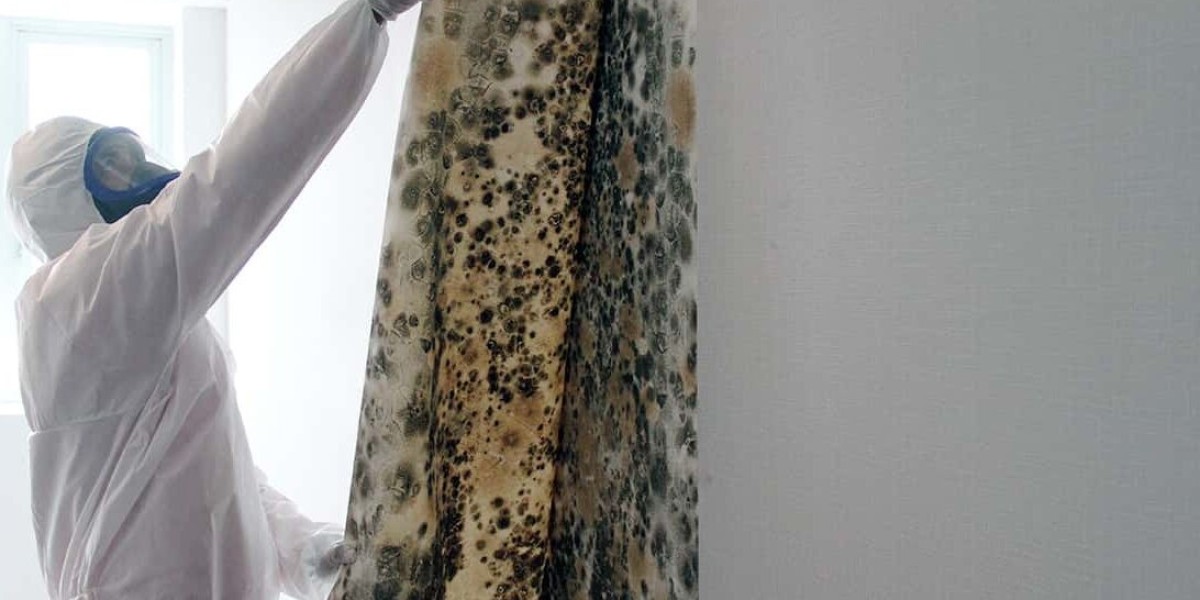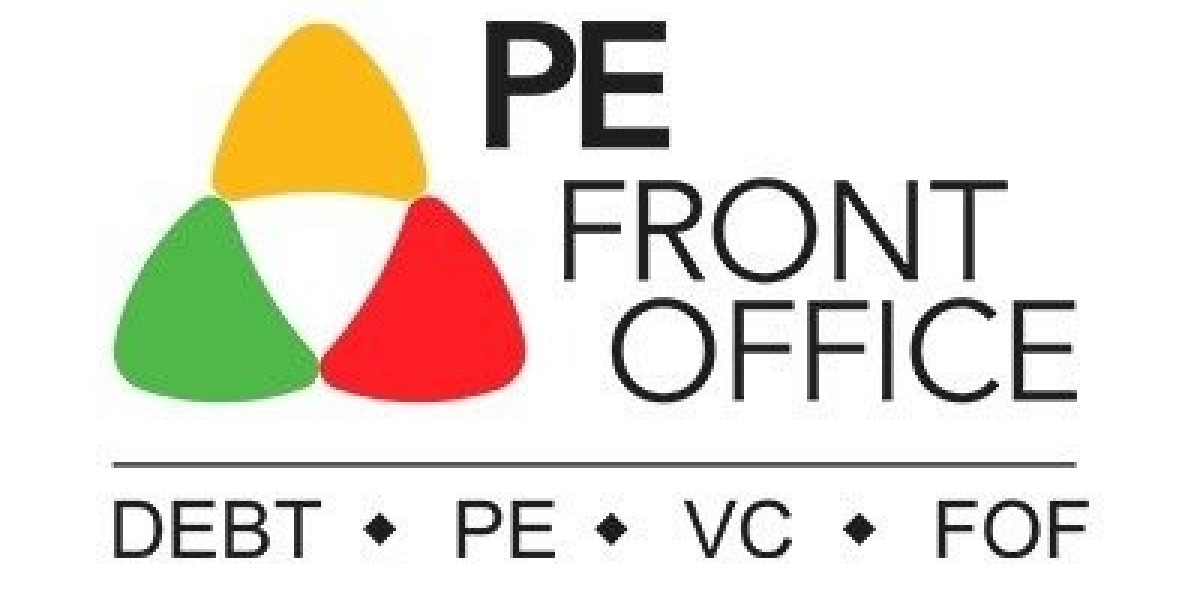Mold growth is a common issue in homes and buildings, with various species appearing in a spectrum of colors. While purple mold is less common than its counterparts, it can still have significant effects on both your health and your living environment. In this article, we will explore the impact of purple mold affects on health, property, and the steps you can take to address this unique yet potentially problematic issue.
Understanding Purple Mold
Purple mold, often characterized by its distinctive purple or bluish coloration, is not a specific mold species but rather a term used to describe molds that exhibit these hues. These molds typically belong to the Penicillium or Cladosporium genera and thrive in environments with excess moisture and high humidity.
Health Effects of Purple Mold
Exposure to purple mold, like exposure to other mold species, can lead to a range of health effects, including:
Respiratory Issues: Inhaling purple mold spores can irritate the respiratory system, leading to symptoms such as coughing, wheezing, shortness of breath, and chest tightness. These effects can be especially pronounced in individuals with pre-existing respiratory conditions.
Nasal and Sinus Symptoms: Purple mold exposure can result in nasal congestion, runny or stuffy nose, sneezing, and sinus discomfort. These symptoms often mimic those of seasonal allergies.
Eye and Skin Irritation: Irritation of the eyes and skin is common among individuals exposed to purple mold. Symptoms may include redness, itching, tearing, and skin rashes.
Headaches and Fatigue: Some people exposed to purple mold may experience persistent headaches and feelings of fatigue.
Allergic Reactions: Individuals with mold allergies may experience more severe allergic reactions when exposed to purple mold, including fever and severe respiratory symptoms.
Mental Health Effects: Prolonged exposure to mold, including purple mold, has been associated with symptoms of anxiety, depression, and cognitive impairment in some individuals.
Household Effects of Purple Mold
In addition to health concerns, purple mold can have a significant impact on your living environment:
Structural Damage: Like other molds, purple mold can cause structural damage to buildings over time. It can weaken wood, drywall, and other materials, compromising the integrity of your property.
Property Damage: Purple mold can contaminate and damage personal belongings, including clothing, furniture, and household items.
Aesthetic Issues: The presence of purple mold can be unsightly, causing discoloration and staining on walls, ceilings, and other surfaces.
Food Contamination: In food storage areas, purple mold can contaminate a wide range of food products, leading to spoilage and potential health risks if consumed.
Addressing Purple Mold Effects
To mitigate the effects of purple mold on health and property, consider the following steps:
Seek Medical Attention: If you or anyone in your household experiences severe or persistent health symptoms associated with mold exposure, consult a healthcare professional for a proper diagnosis and treatment plan.
Identify and Remediate the Source: Conduct a thorough inspection of your home to locate the source of the purple mold, such as water leaks or poor ventilation. Address the source of moisture to prevent further mold growth.
Mold Remediation: Depending on the extent of the mold infestation, consider hiring a professional mold remediation service to safely and effectively remove the purple mold from your property.
Prevent Future Growth: To prevent the recurrence of purple mold, maintain a dry indoor environment, address moisture-related issues promptly, and consider using dehumidifiers in areas prone to high humidity.
Conclusion
While purple mold may be less common than other mold varieties, its effects on health and property are a cause for concern. Recognizing the signs of purple mold exposure and taking prompt action to address the issue can help safeguard your well-being and maintain a mold-free living environment. Remember that professional medical advice and mold remediation services may be necessary if symptoms persist or worsen.
 " class="wow_main_float_head_img">
" class="wow_main_float_head_img">







